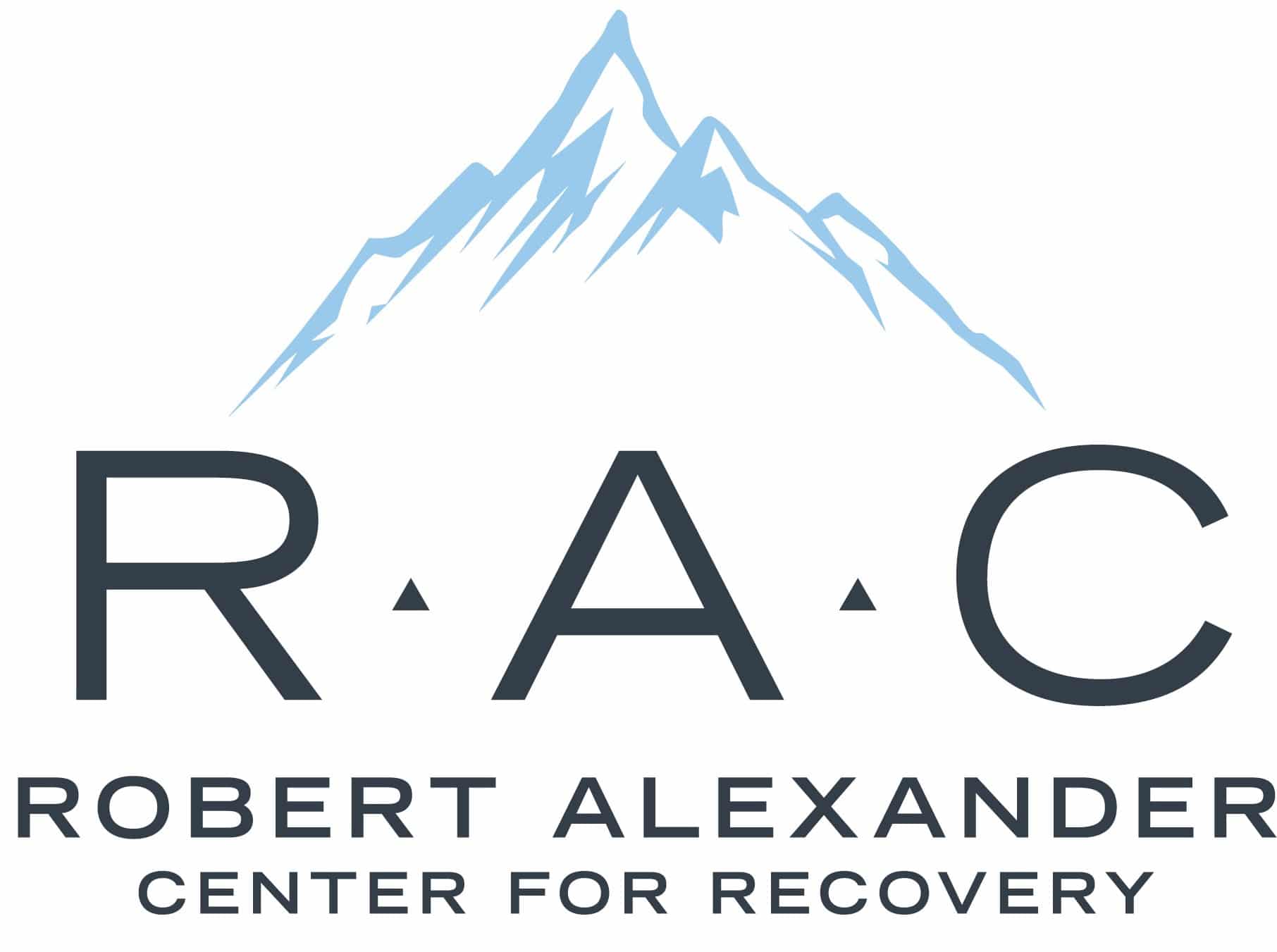Opioid addiction is considered a national crisis in the United States, ruining the health and the lives of those affected. Synthetic opioids, such as fentanyl, are among the most common drugs responsible for drug overdose deaths throughout America. So, what is fentanyl, and how is fentanyl addiction treatment conducted?
What is Fentanyl?
Fentanyl is a synthetic opioid, meaning that it has been designed and synthesized in a laboratory to act on the same targets in the brain as natural opioids, such as morphine. Fentanyl is powerful, being 50 to 100 times more potent than morphine. It’s also one of the most common synthetic opioids prescribed by doctors.
When prescribed by a doctor, fentanyl is typically used to treat severe pain, such as after surgery. It is sometimes used to treat patients who suffer from chronic pain, especially if they have a physical tolerance to other opioids.
Like other opioids, fentanyl works by binding to the body’s opioid receptors. These are found in the parts of the brain responsible for controlling pain and emotions. When they bind to these receptors, opioids prevent pain messages from reaching the brain, numbing the pain. The more a patient uses opioids, the more their body adapts, reducing their effectiveness.
Why is Fentanyl Dangerous?
Fentanyl is particularly dangerous for a couple of reasons. First, as it’s an opioid, the brain and body can adapt to it. This reduces its effectiveness, but can also make it difficult for the patient to feel pleasure from anything other than the drug.

Another issue is the potency of fentanyl. This means that a person can more easily become dependent on it, even if they are simply following the drug course prescribed by the doctor. When a patient becomes dependent, they experience withdrawal symptoms when they stop taking the drug. Sometimes this dependence can lead to addiction.
The withdrawal symptoms associated with fentanyl can be severe and include:
- Increased muscle and bone pain
- Sleep issues
- Diarrhea, nausea, and vomiting
- Cold flashes
- Uncontrollable leg movements
- Severe cravings
Addictions can be both dangerous and disruptive. A patient will have cravings that drive them to continue to use the drugs even though they cause health problems and other issues in their lives. The severity of the withdrawal symptoms also makes it very difficult for people to recover from fentanyl addiction without help.
Fentanyl is also dangerous because it is easy to overdose when using it, as it is so potent. This means that someone might unknowingly take a stronger opioid than their body is used to, increasing the risk of an overdose. These overdoses can also occur when drug dealers cut it with other drugs, like heroin or cocaine, because fentanyl provides a cheap and easy high.
An overdose can be fatal, causing breathing to slow to dangerous levels or stop completely. This starves the brain of oxygen, causing hypoxia. If it isn’t treated quickly enough, hypoxia can lead to permanent brain damage or even death.
A fentanyl overdose can be treated with a drug called naloxone, which blocks the effects of opioids. It has to be administered quickly to be effective, and someone who has taken fentanyl may need multiple doses.
How is Fentanyl Addiction Treatment Conducted?

Anyone suffering from fentanyl addiction should be treated as quickly as possible. There are several lines of treatments available for patients. The specific treatment course will be designed on a case-by-case basis.
The first step of fentanyl addiction treatment is typically detoxification. Essentially, the body will be allowed to metabolize the drugs in the system, allowing the patient to start with a clean slate. In some cases, medication will be used to facilitate detoxification.
Subutex, or buprenorphine, is a drug commonly used to treat opioid addiction. It acts on the opioid receptors in the brain and replicates the effects of opioid drugs, but at much lower levels. This relieves the withdrawal symptoms enough to make it easier for the patient to detox.
Unfortunately, things aren’t as simple as just detoxing and being cured. Addiction treatment can take time, so a patient may require inpatient or intensive outpatient care. Inpatient care is designed to get someone back on their feet, both physically and mentally.
Intensive outpatient care has a similar principle to inpatient care, but it allows you to go back to your normal routine. It can be employed as a step-down process after inpatient care. Both of these services involve counseling, both as part of a group and as an individual. They may offer addiction education and medication management. Drug and alcohol use will also be monitored.
There are also outpatient programs that are less intensive but can support people who are further along in their recovery and have no significant withdrawal symptoms.

